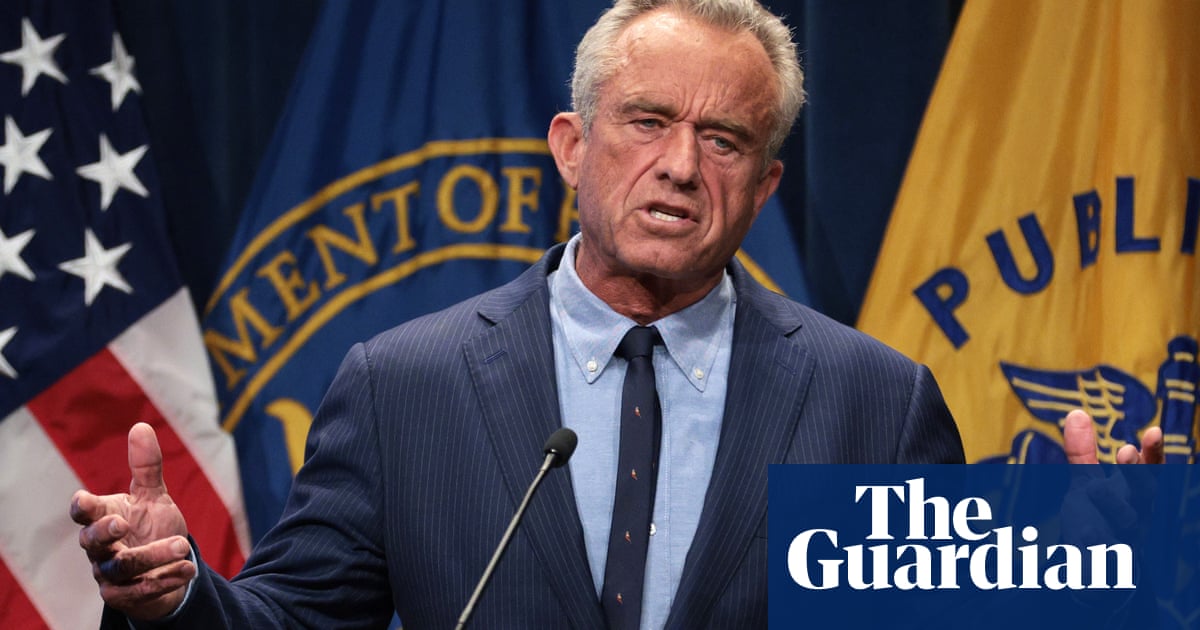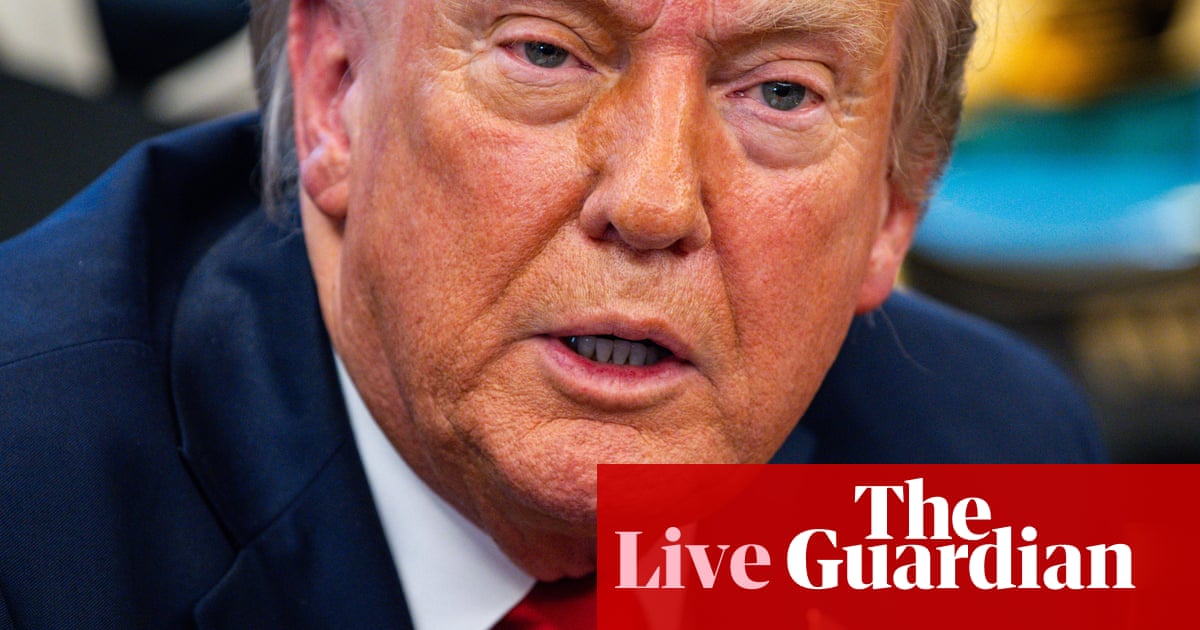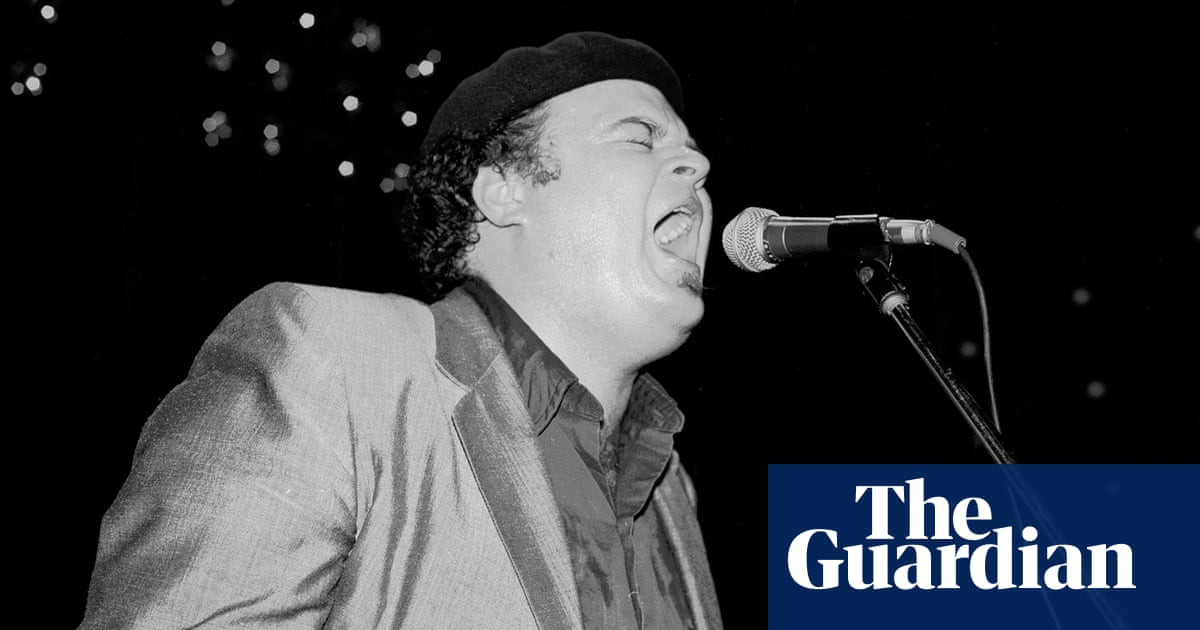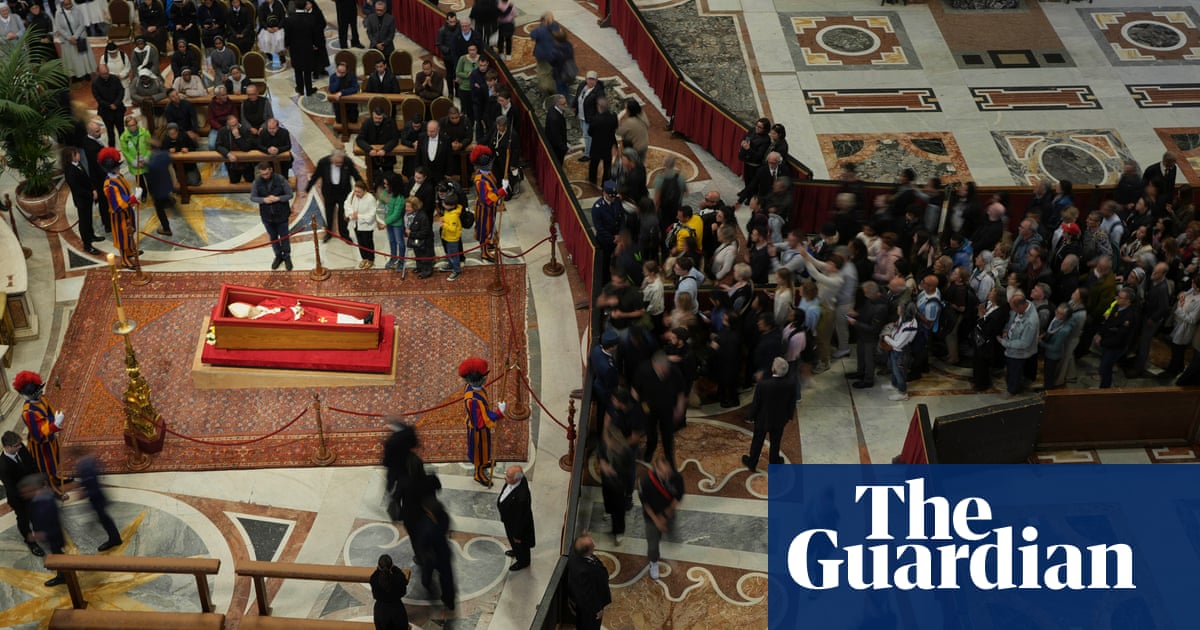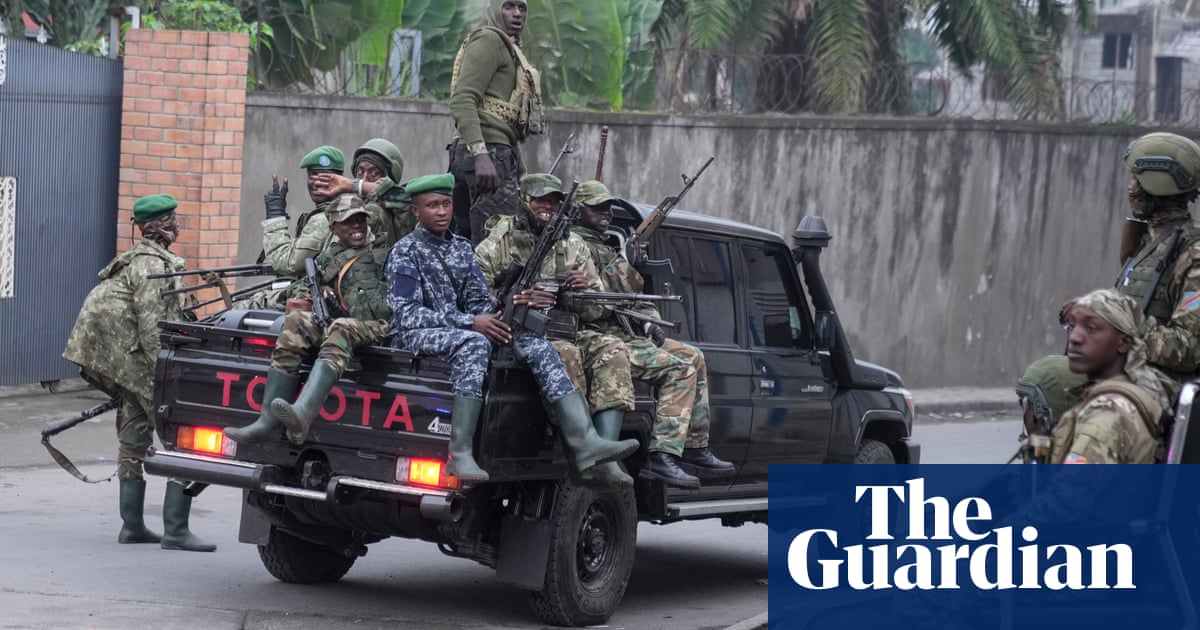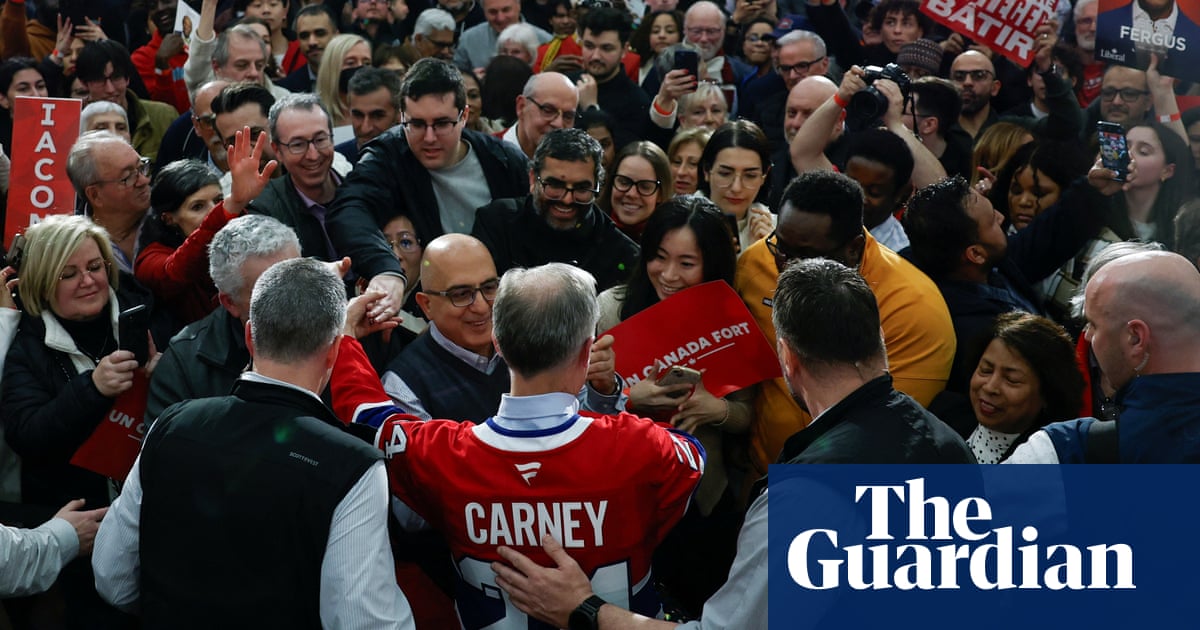Amid the maelstrom of executive orders, appointments, tariffs, threats and other initiatives of the last few weeks, Donald Trump is still promising to negotiate a rapid end to the war in Ukraine, and on Friday said he had already spoken to Vladimir Putin about it. It’s the right thing to do and he has a workable strategy, but getting there will be tough. The stakes are high, and if he fails, the war will get even more deadly – especially if he adopts a strategy of malign neglect towards Ukraine or, God forbid, attacks Russian forces directly.
The war has devastated both countries’ economies, armies and populations. Estimates put the death toll in the hundreds of thousands. Ukraine’s population has fallen by a quarter – 10 million people – since Russia’s invasion. This is “a stalemate … a protracted and bloody conflict” that needs to end, the US secretary of state, Marco Rubio, recently acknowledged.
Trump needs to convince the key parties to come to the table and then hash out a deal. The tragic situation that Ukraine is facing makes Kyiv more open to negotiations than at any time since the last attempt broke off in the spring of 2022. But other parties may take more work, starting with Russia.
“I have to speak to President Putin,” Trump said, on 20 January, when asked about his plan to end the war. And he’s right. This is the only way to end the bloodshed. To get Moscow to the table and engaged in serious negotiations, however, Trump needs leverage. Towards that end, he has threatened Russia with tougher economic sanctions and pursued a gambit to drain Putin’s war chest by driving down the price of oil. At the same time, he’s also offered sweeteners in the form of sanctions relief in exchange for cooperation on peace.
Interestingly, Trump wants China to play a role in the negotiations. This is a smart move. China has supported Russia’s war effort and has influence over the Kremlin. Beijing has, moreover, said it wants the war to end. But the idea does seem at odds with the anti-China outlook of some in the Trump administration, including Rubio, Trump’s top diplomat. It could founder for that reason alone.
Trump will also have to persuade the US’s allies in Europe to back the peace initiative – otherwise, some of them might undermine his efforts. Many European capitals recognise that a settlement to the war would be in their interest, but they have so strongly backed Ukraine that it may be hard for them to support diplomacy – especially if it means an unsatisfying settlement for Ukraine. Key figures such as Kaja Kallas, the EU high representative for foreign and security policy, may also be sceptical about the idea, judging from their positions on the war to date.
If Trump does succeed in getting all these parties to the table, he will then have to wade through a bog of contentious issues.
For one, there is the foundational question of what Ukraine’s future strategic orientation will be: neutral, western oriented, or some hybrid of the two. Russia may not accept a ceasefire if it means accepting Ukraine’s eventual westward orientation. Ukraine may fight any deal that does not offer hope of the same.
Ukraine is also sure to reject any agreement that does not include some type of security guarantee against a future Russian attack. There are various ways to provide that guarantee, ranging from bringing Ukraine into Nato, to offering it a multinational protection force, to simply promising to redouble military assistance to Kyiv if Russia attacks it again. Settling on the best option will be contentious, however, because Europe, the US, Ukraine and Russia all disagree over which option is best.
Meanwhile, several other sticky issues – for instance, the status of Ukrainians living in the Russian-occupied territories, the status of those territories themselves and Russia’s longstanding but unrealistic demands for a far-reaching overhaul of Europe’s security architecture – will require Trump to deploy much diplomatic agility to get to a deal. Whether the US president has the patience to see this enormously complex and challenging diplomatic task through is far from certain.
Trump might instead slide into a policy of malign neglect towards Ukraine, especially if Kyiv adopts a hardline bargaining position, or if he senses that Putin is winning the war and Trump wants to avoid hitching his cart to a losing horse. In this case, Trump could lambast Russia for the violence and yet do little to stop its forces from pulverising the rest of Ukraine.
An even greater threat looms if Trump does negotiate and then loses face to Putin – for instance, if Putin publicly rejected his peace plan or conducted a major offensive amid negotiations. Trump did not hesitate to order the killing of Iran’s top general, Qassem Suleimani, in 2020, and it is not a stretch to imagine that he might use force against Russians in Ukraine if his credibility were on the line. This could unleash uncontrolled escalation from both nuclear powers.
Whether the history of this tragic war will now turn down the path of negotiations will be decided during the next month or two. Trump has envisioned a ceasefire within that time, but that is unlikely. Nevertheless, it should become evident whether the new administration is serious about starting the diplomatic spadework that a successful attempt at peace will require.
We should all hope they are. It’s long since time to end this war, for the US’s sake, for Ukraine’s sake, and for the world’s.
-
Christopher S Chivvis is a senior fellow and director of the Carnegie Endowment’s American statecraft programme

.png) 2 months ago
82
2 months ago
82







